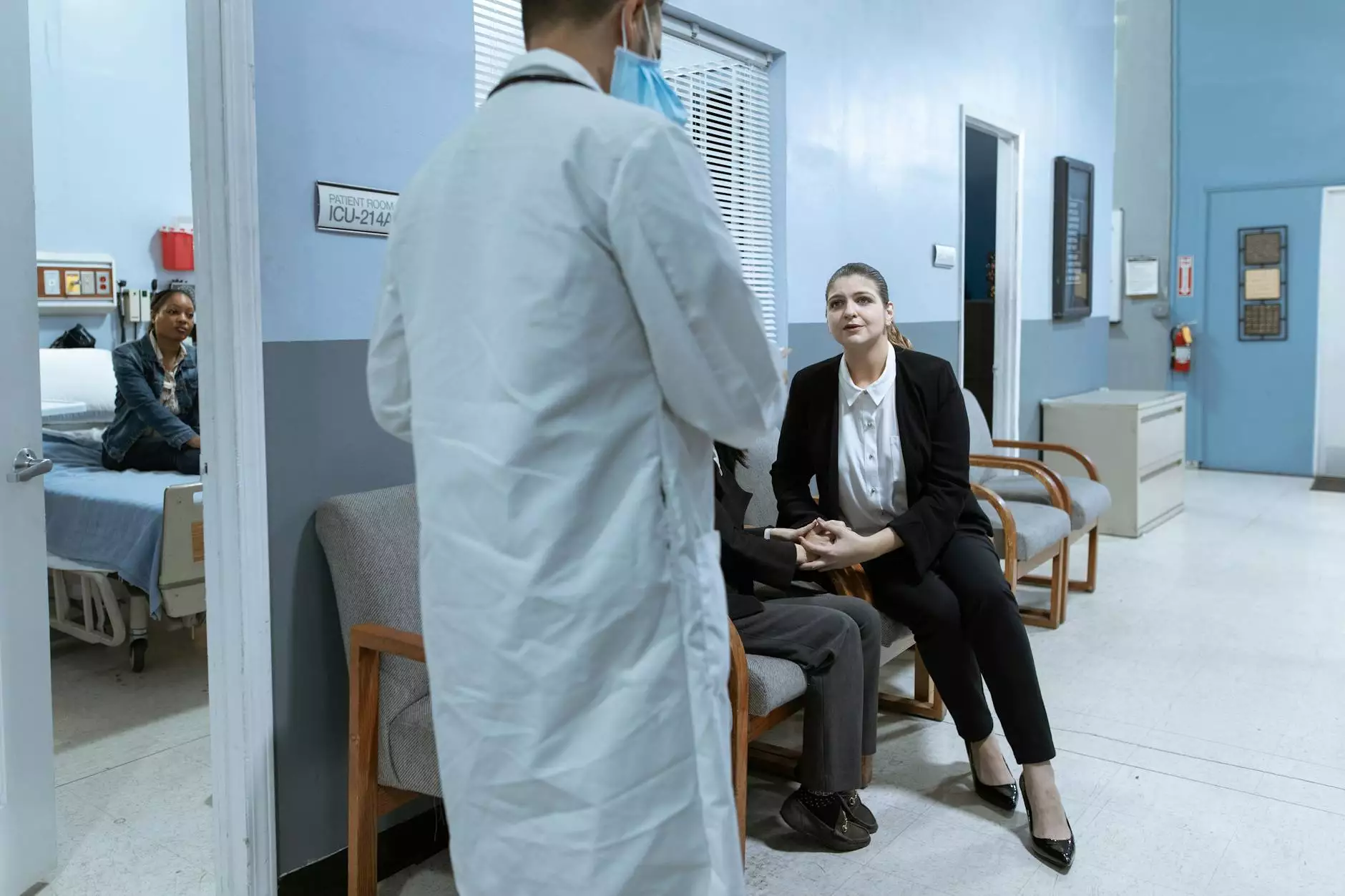So, What Actually Is A Stroke?

At Bay Regional Medical Center, we believe in providing valuable information to help you understand various health conditions. In this comprehensive article, we will delve into the topic of strokes, exploring their causes, symptoms, and treatment options. Our aim is to equip you with knowledge that can aid in preventing and managing strokes effectively.
The Basics of Strokes
A stroke, also referred to as a cerebrovascular accident (CVA), is a serious medical condition that occurs when the blood supply to the brain is interrupted or reduced. This disruption in blood flow can lead to damage to brain cells, impairing their ability to function properly.
Strokes can happen due to various reasons, including:
- Ischemic stroke: Caused by a blockage or clot that restricts blood flow within a blood vessel in the brain.
- Hemorrhagic stroke: Caused by weakened blood vessels that rupture and bleed into the brain.
- Transient Ischemic Attack (TIA): Commonly known as a mini-stroke, it is caused by a temporary disruption of blood flow to the brain.
Recognizing the Signs and Symptoms
It is crucial to be able to identify the signs and symptoms of a stroke as early intervention can significantly improve the chances of recovery. Common symptoms include:
- Sudden numbness or weakness, especially on one side of the body
- Difficulty speaking or understanding speech
- Severe headache with no apparent cause
- Trouble with vision, such as blurred or double vision
- Dizziness and coordination problems
If you or someone around you experiences any of these symptoms, it is imperative to seek immediate medical attention. Remember, time plays a crucial role in stroke management.
Causes and Risk Factors
Understanding the underlying causes and risk factors associated with strokes can help in their prevention and management. Some common causes include:
- High blood pressure (hypertension)
- Smoking and tobacco use
- Diabetes
- High cholesterol levels
- Obesity
- Family history of strokes
- Sedentary lifestyle
While some risk factors like family history cannot be changed, adopting healthy lifestyle choices can significantly reduce the risk of strokes.
Prevention and Treatment
Preventing strokes involves making certain lifestyle modifications and managing underlying conditions. Important preventive measures include:
- Maintaining a healthy diet rich in fruits, vegetables, and whole grains
- Engaging in regular physical activity
- Avoiding excessive alcohol consumption
- Quitting smoking
- Keeping blood pressure and cholesterol levels under control
- Managing diabetes effectively
When it comes to treatment, the approach depends on the type of stroke and its severity. Immediate medical attention is crucial to minimize potential damage. Treatment options may include:
- Medications to dissolve blood clots (if applicable)
- Surgical interventions to remove clots or repair ruptured blood vessels
- Rehabilitation programs to aid in recovery and rehabilitation
Recovery and Rehabilitation
Stroke recovery varies from person to person, and rehabilitation plays a crucial role in optimizing recovery outcomes. Rehabilitation may involve:
- Physical therapy to improve strength, coordination, and balance
- Occupational therapy to regain skills for daily activities
- Speech therapy to address communication and swallowing difficulties
- Psychological support to cope with emotional and mental challenges
Bay Regional Medical Center is committed to providing comprehensive stroke care, from diagnosis to recovery, to ensure our patients receive the best possible outcomes.
Conclusion
In conclusion, strokes are serious medical conditions that require prompt medical attention. By understanding their causes, recognizing the signs, and adopting preventive measures, individuals can significantly reduce their risk of experiencing a stroke. If you or someone you know has experienced a stroke or wants to learn more about strokes, Bay Regional Medical Center is here to provide you with the necessary information and support. Take control of your health today and prioritize stroke prevention!




